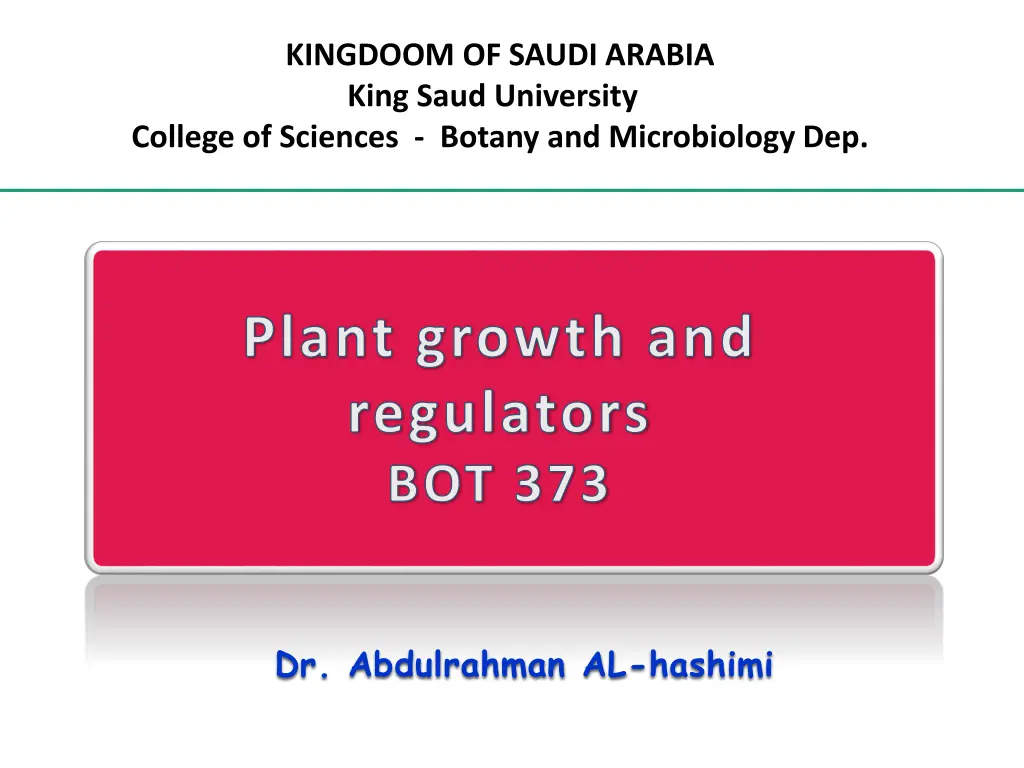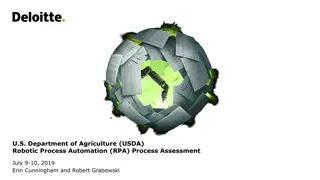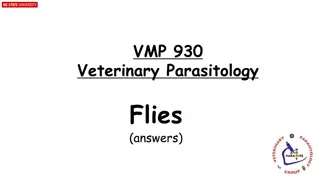
Understanding Plant Growth Regulators: Cytokinin's Role in Cell Division
Explore the fascinating discovery of cytokinins in plant growth regulation, their distribution in plants, transport mechanism, and primary function in promoting cell division.
Download Presentation

Please find below an Image/Link to download the presentation.
The content on the website is provided AS IS for your information and personal use only. It may not be sold, licensed, or shared on other websites without obtaining consent from the author. If you encounter any issues during the download, it is possible that the publisher has removed the file from their server.
You are allowed to download the files provided on this website for personal or commercial use, subject to the condition that they are used lawfully. All files are the property of their respective owners.
The content on the website is provided AS IS for your information and personal use only. It may not be sold, licensed, or shared on other websites without obtaining consent from the author.
E N D
Presentation Transcript
KINGDOOM OF SAUDI ARABIA King Saud University College of Sciences - Botany and Microbiology Dep. Plant growth and regulators BOT 373 Dr. Abdulrahman AL-hashimi
Lecture 7 The Cytokinin's
In the latter half of the 19th century, scientists hypothesized that tissues that have been torn or injured produce a substance that spreads to healthy cells adjacent to the wound and stimulates meristematic activity in them. One researcher demonstrated that compounds dispersed throughout the bark promote cell division in the tissue of potato tubers. Additionally, he discovered that tobacco plants' vascular tissue cells contain chemicals that promote cell division.
Researchers have discovered the chemical compound known as kinetin, which stimulates tobacco cell development in tissue cultures. As a result of the discovery of kinetin, a new era began in research on cell division in plants, and the name cytokinin was given to compounds that exhibit plant growth-regulating properties.
The common compound : Zeatin
Distribution of cytokinin in plants: They are produced in mature areas and in areas with continuous growth effort, meaning that cytokinins are abundant in the roots, young leaves and developing fruits. Cytokinins are formed in the roots especially during the seedling stage and then move to the upper parts of the plant through the wood.
The Cytokines transport Although they cannot move on their own, they are essentially carried by the xylem tissue from the roots to every area of the plant. i.e., they are carried in the transpiration current inside the plant, i.e., their movement is passive. This has been proven when bleeding occurs in the case of the grape stem; it was found that the aqueous fluid from the bleeding contains a large amount of cytokines.
The function of cytokines 1- Cell division The most important function of cytokinin is its effect on cell division, and this characteristic is taken as a basis to prove the presence of cytokinin in many biological tests. However, it became clear from experiments that auxin must be present in experiments on callus of tobacco stem marrow. It became clear that adding auxin alone to the environment causes an increase in cell size only without division, and vice versa, adding cytokinin alone to the environment does not cause cell division.
When auxin and cytokinin are added to the environment, rapid cell division occurs and the callus tissue grows and increases in size. That is, it becomes clear that cytokinin and auxin are necessary together for cell division to occur. If kinetin is added more than auxin, it stimulates stems and leaves. If kinetin is added less than auxin, it stimulates roots.
2- Cell enlargement Cytokinin affects the transverse elongation of cells, i.e. the cells elongate transversely, while the longitudinal elongation of cells is controlled by auxin and gibberellin. It was found that it has a role in concentrating organic matter inside the cells to increase their osmoticity and thus their size.
Cell elongation is due to the following reasons: 1- Activating water absorption in the cells, and water absorption is formed in response to the formation of reducing sugars in the cotyledon cells. 2- Increases the activity of invertase, which is the enzyme that breaks down sugar into glucose and fructose. 3- Kinetin works on the flexibility of the cell wall, which encourages the swelling and expansion of the cotyledons.
3- Differentiation in cells: It plays a role in differentiating plant cells into vascular tissues, as it activates the fascicular and interfascicular cambium To produce wood and bark, and it cooperates with auxin and gibberellin in producing xylem and phloem. It cooperates with auxin to produce more wood in the event of the plant's thirst and exposure to drought. It cooperates with gibberellin to produce more phloem.
4- Cytokinin prevents yellowing: Due to its positive effect on protein and retention of chlorophyll and preventing its decomposition, this is considered one of the biological tests indicating it. This idea has been exploited in storing some leafy crops such as lettuce and parsley. It has been found that it reduces the respiration rate of some leafy crops, thus helping to store them.
it also has a role in the formation of betacyanin pigment, as it was found that the seedlings of some plants need light to form betacyanin pigment, but it can form in the dark when treated with cytokinin. That is, cytokinin plays an important role in the formation of the pigment. 5- Flowers: It works to activate the flowering hormone in short-day plants that need a long night to activate the flowering hormone. It has been found that cytokinin has a prominent role in activating flowers when plants are treated with it.
7- Fruit formation: After fertilization, the growth of the ovary in the first period is the result of cell division only, and after this stage, the growth of the ovary becomes the result of the increase in size or elongation of the cells. Therefore, the growth of the ovary and its transformation into the fruit is at least in the early stages due to cytokinin, especially since it has been possible to prove this. It has been found that fruits during their formation contain a high concentration of cytokinin, especially in the early stages during cell division, such as cotton, apples, bananas, etc.
8- Seed dormancy: Treatment with cytokines can cause seed germination in some cases. It was found in the case of Grand Rapids lettuce seeds that light is necessary for the germination of these seeds and that red light is the one that affects germination without other colors of the light spectrum. It was found that seeds treated with kinetin can germinate in the dark, i.e. it replaces red light or normal light. It also works to break dormancy in seeds with gibberellin and resist the action of abscisic acid as it works opposite to the action of the hormone that causes seed dormancy.
9- Delay aging: When the leaf aging occurs, there is a decrease in the content of chlorophyll, protein and RNA, and then the leaf falls or dries on the plant. Cytokinin delays aging because it prevents rapid deterioration and decrease in the concentration of chlorophyll, protein and RNA. Also, cytokinin delays the entry of plant tissue into aging by inhibiting the enzymatic activity of all individual aging processes, such as preventing the activity of the enzyme Dehydrogenase.
10- Abscission: It plays a role in stopping and preventing abscission, such as the falling of leaves, flowers and fruits, due to its prominent role in preventing the activity of decomposition enzymes.
Mechanism of action of cytokinin There are suggestions for the mechanism of action of cytokinin: 1- Kinetin causes the transfer of dissolved nitrogen from leaves to other places on the same plant. These results led to the conclusion that cytokinins affect the plant because it makes an attractive site in some places on the plant that have a preference for attracting, concentrating and accumulating nutrients. For ex: Researchers have suggested that leaves treated with cytokinin regulate the flow and flow of nutrients to them, meaning that these nutrients are drawn from the plant to specific places on the same plant,
2- The action of cytokinin is most likely to affect the process of protein synthesis by its participation in the process of RNA connection with the ribosome during protein synthesis. Among the factors that indicate that cytokinins interact directly with nucleic acids are: 1. Chemical composition of cytokinin. 2. Cytokinin stimulates and activates the synthesis of both RNA and protein.
Any QUESTIONS ?






















